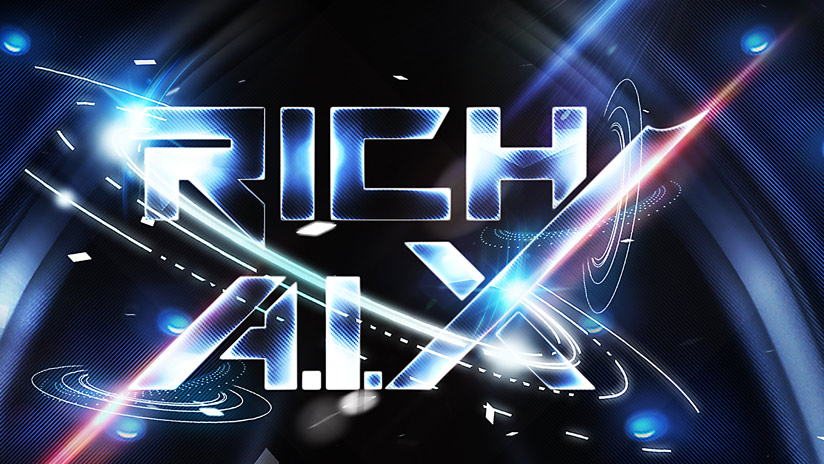Brain Computer Interface | #shorts #science #technology #educational #education #programming #ai
A brain–computer interface (BCI), sometimes called a brain–machine interface (BMI), is a direct communication pathway between the brain's electrical activity and an external device, most commonly a computer or robotic limb. BCIs are often directed at researching, mapping, assisting, augmenting, or repairing human cognitive or sensory-motor functions.[1] Implementations of BCIs range from non-invasive (EEG, MEG, EOG, MRI) and partially invasive (ECoG and endovascular) to invasive (microelectrode array), based on how close electrodes get to brain tissue.[2]
Research on BCIs began in the 1970s by Jacques Vidal at the University of California, Los Angeles (UCLA) under a grant from the National Science Foundation, followed by a contract from DARPA.[3][4] The Vidal's 1973 paper marks the first appearance of the expression brain–computer interface in scientific literature.
Due to the cortical plasticity of the brain, signals from implanted prostheses can, after adaptation, be handled by the brain like natural sensor or effector channels.[5] Following years of animal experimentation, the first neuroprosthetic devices implanted in humans appeared in the mid-1990s.
Recently, studies in human-computer interaction via the application of machine learning to statistical temporal features extracted from the frontal lobe (EEG brainwave) data has had high levels of success in classifying mental states (Relaxed, Neutral, Concentrating),[6] mental emotional states (Negative, Neutral, Positive)[7] and thalamocortical dysrhythmia
-Courtesy to wikipedia
A brain–computer interface (BCI), sometimes called a brain–machine interface (BMI), is a direct communication pathway between the brain’s electrical activity and an external device, most commonly a computer or robotic limb. BCIs are often directed at researching, mapping, assisting, augmenting, or repairing human cognitive or sensory-motor functions.[1] Implementations of BCIs range from non-invasive (EEG, MEG, EOG, MRI) and partially invasive (ECoG and endovascular) to invasive (microelectrode array), based on how close electrodes get to brain tissue.[2]
Research on BCIs began in the 1970s by Jacques Vidal at the University of California, Los Angeles (UCLA) under a grant from the National Science Foundation, followed by a contract from DARPA.[3][4] The Vidal’s 1973 paper marks the first appearance of the expression brain–computer interface in scientific literature.
Due to the cortical plasticity of the brain, signals from implanted prostheses can, after adaptation, be handled by the brain like natural sensor or effector channels.[5] Following years of animal experimentation, the first neuroprosthetic devices implanted in humans appeared in the mid-1990s.
Recently, studies in human-computer interaction via the application of machine learning to statistical temporal features extracted from the frontal lobe (EEG brainwave) data has had high levels of success in classifying mental states (Relaxed, Neutral, Concentrating),[6] mental emotional states (Negative, Neutral, Positive)[7] and thalamocortical dysrhythmia
-Courtesy to wikipedia











